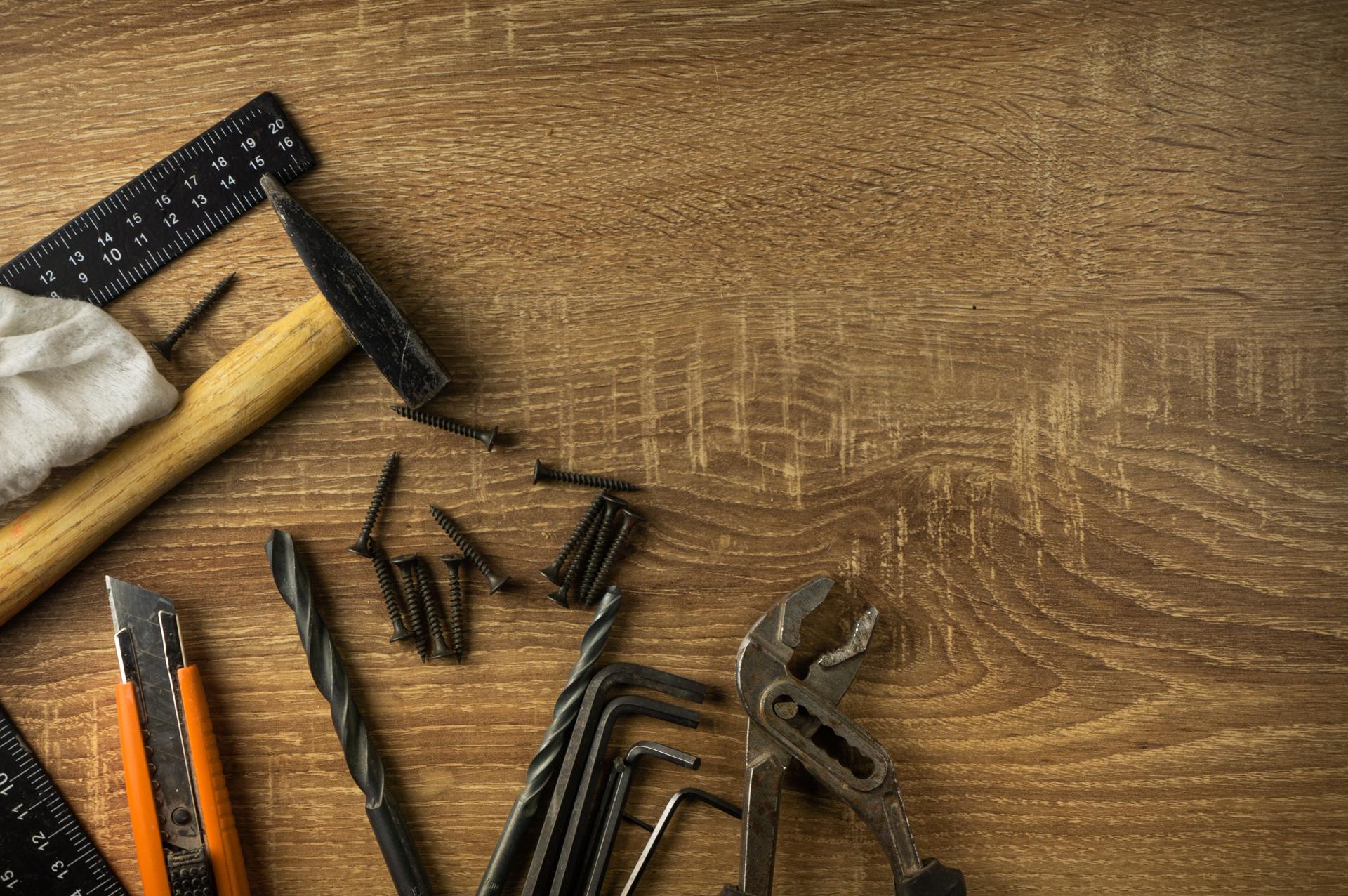Ways to Tackle Basic Plumbing Problems at Home: A Do-it-yourself Guide

Plumbing systems are an integral component of every home. If they’re not properly maintained they could be the source of numerous problems which can cause inconvenience and expensive repairs.
There are numerous advantages to learning to resolve minor plumbing issues yourself such as saving money and developing important skills. In this article, we will examine common plumbing issues and DIY techniques to fix them.
Common Plumbing Issues
Dripping Faucets
Dripping faucets aren’t only frustrating, but they also use up a large quantity of water in the course of time. The most common cause of a dripping faucet is a damaged washer or O-ring. To resolve this issue switch off water to your faucet. Then, take out the handle, then replace the worn-out washer or O-ring.
Running Toilets
A running toilet is another common plumbing issue that could waste a lot of water. The most frequent reason is a defective flapper valve that isn’t sealing correctly, allowing water to flow from the tank into the bowl. To correct this problem shut off water to your toilet. Then, take off the tank lid, and alter or replace your flapper valve.
Clogged Drains
The cause of blocked drains is by various things such as soap, hair, and food particles. To resolve this issue it is possible to use either a plunger or drain snake to get rid of the clog. Alternately, you could make a mix of baking soda and vinegar to break up the blockage.
Low Water Pressure
The low pressure in the water is often caused by a number of reasons, such as the buildup of minerals in the pipes or a malfunctioning pressure regulator. To resolve this issue it is possible to clean the aerator or replacing pressure regulator.
Tools required for DIY plumbing
To perform DIY plumbing, you’ll need a few essential tools such as an adjustable wrench, a plunger pipe wrench, Teflon tape, and the screwdriver. Having these tools on hand can make it much easier to fix minor plumbing issues.
Safety Tips for DIY Plumbing
Safety must always be the top priority when performing any plumbing repair DIY. Some safety tips to consider include turning off the water supply prior to starting any repairs, wearing gloves and safety glasses as well as keeping a first-aid kit in case in the event of an emergency.
DIY Plumbing Techniques
To fix common plumbing issues it is necessary to learn some DIY plumbing tips, like how to turn off water flow and how to repair a leaky faucet and how to fix the issue of a toilet that is running and how to clear the drain, and also ways to increase the pressure in your water. These tips can help you save time and money when it comes to minor plumbing repairs.
Conclusion
Learning how to repair minor plumbing issues yourself is beneficial in various ways. Not only will it cost you less money, but it could provide you with a sense of accomplishment and valuable knowledge. For more serious plumbing problems, it’s recommended to contact an experienced plumber.
FAQ
Can I fix a plumbing problem myself?
Yes, you can repair minor plumbing problems yourself by learning some basic plumbing tips for DIY.
What are the most common plumbing problems?
The most frequently encountered plumbing problems are dripping taps and toilets that run, clogged drains, and low pressure water.
What tools do I need for DIY plumbing?
There are a few important tools, such as a plunger, adjustable wrench pipe wrench, Teflon tape, and a screwdriver.
Is DIY plumbing safe?
DIY plumbing can be secure if you adhere to safety guidelines and take the appropriate steps.
When should I call an experienced plumber?
It is recommended to contact a professional plumber for plumbing problems of a serious nature that require specialist equipment and knowledge.
